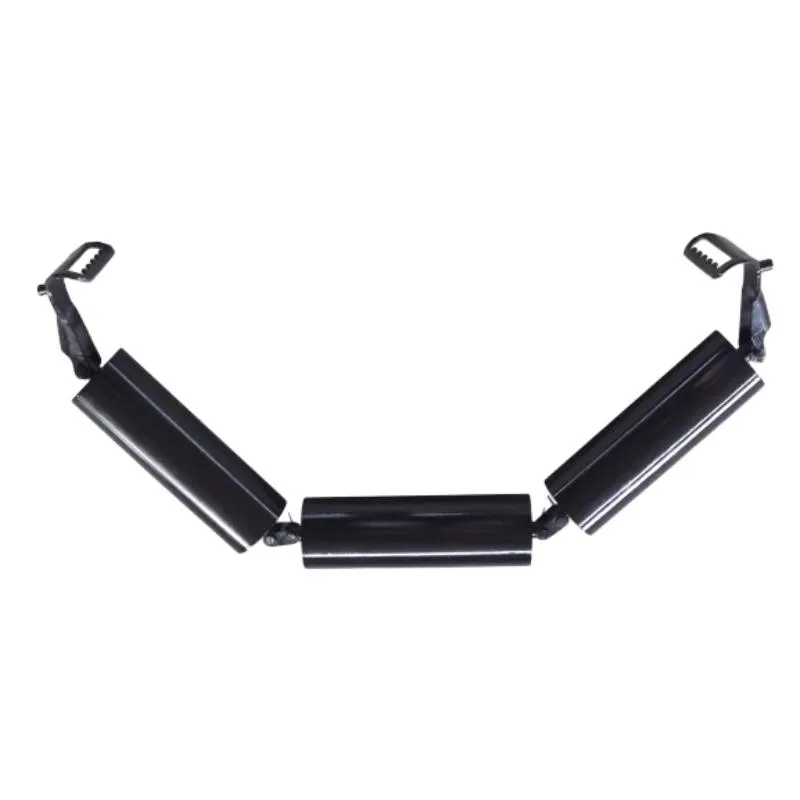 Afrikaans
Afrikaans  Albanian
Albanian  Amharic
Amharic  Arabic
Arabic  Armenian
Armenian  Azerbaijani
Azerbaijani  Basque
Basque  Belarusian
Belarusian  Bengali
Bengali  Bosnian
Bosnian  Bulgarian
Bulgarian  Catalan
Catalan  Cebuano
Cebuano  Corsican
Corsican  Croatian
Croatian  Czech
Czech  Danish
Danish  Dutch
Dutch  English
English  Esperanto
Esperanto  Estonian
Estonian  Finnish
Finnish  French
French  Frisian
Frisian  Galician
Galician  Georgian
Georgian  German
German  Greek
Greek  Gujarati
Gujarati  Haitian Creole
Haitian Creole  hausa
hausa  hawaiian
hawaiian  Hebrew
Hebrew  Hindi
Hindi  Miao
Miao  Hungarian
Hungarian  Icelandic
Icelandic  igbo
igbo  Indonesian
Indonesian  irish
irish  Italian
Italian  Japanese
Japanese  Javanese
Javanese  Kannada
Kannada  kazakh
kazakh  Khmer
Khmer  Rwandese
Rwandese  Korean
Korean  Kurdish
Kurdish  Kyrgyz
Kyrgyz  Lao
Lao  Latin
Latin  Latvian
Latvian  Lithuanian
Lithuanian  Luxembourgish
Luxembourgish  Macedonian
Macedonian  Malgashi
Malgashi  Malay
Malay  Malayalam
Malayalam  Maltese
Maltese  Maori
Maori  Marathi
Marathi  Mongolian
Mongolian  Myanmar
Myanmar  Nepali
Nepali  Norwegian
Norwegian  Norwegian
Norwegian  Occitan
Occitan  Pashto
Pashto  Persian
Persian  Polish
Polish  Portuguese
Portuguese  Punjabi
Punjabi  Romanian
Romanian  Russian
Russian  Samoan
Samoan  Scottish Gaelic
Scottish Gaelic  Serbian
Serbian  Sesotho
Sesotho  Shona
Shona  Sindhi
Sindhi  Sinhala
Sinhala  Slovak
Slovak  Slovenian
Slovenian  Somali
Somali  Spanish
Spanish  Sundanese
Sundanese  Swahili
Swahili  Swedish
Swedish  Tagalog
Tagalog  Tajik
Tajik  Tamil
Tamil  Tatar
Tatar  Telugu
Telugu  Thai
Thai  Turkish
Turkish  Turkmen
Turkmen  Ukrainian
Ukrainian  Urdu
Urdu  Uighur
Uighur  Uzbek
Uzbek  Vietnamese
Vietnamese  Welsh
Welsh  Bantu
Bantu  Yiddish
Yiddish  Yoruba
Yoruba  Zulu
Zulu conveyor belt cleaning solutions
Conveyor Belt Cleaning Solutions Ensuring Efficiency and Hygiene
Conveyor belts are integral components in various industries, from manufacturing and food processing to logistics and warehousing. They facilitate the smooth and continuous movement of products, ultimately enhancing productivity. However, maintaining these systems is crucial, not only for operational efficiency but also for hygiene and safety. As such, conveyor belt cleaning solutions play a vital role in ensuring that these systems run smoothly.
Importance of Conveyor Belt Cleaning
The accumulation of dirt, grease, and other contaminants on conveyor belts can lead to several issues. Firstly, it can cause product contamination, especially in food processing where hygiene is paramount. Contaminated products can lead to health risks for consumers and significant legal ramifications for businesses. Furthermore, buildup on conveyor belts can lead to mechanical failures, causing costly downtime and repairs.
Regular cleaning of conveyor belts helps in maintaining optimal performance and extending the life of the equipment. Additionally, a clean conveyor belt system contributes to a safer working environment, reducing the risk of accidents caused by slips, trips, and falls. Therefore, implementing efficient cleaning solutions is not just an operational necessity but a matter of workplace safety and product integrity.
Types of Conveyor Belt Cleaning Solutions
1. Mechanical Cleaning Systems These systems employ brushes, scrapers, and other mechanical devices to physically remove contaminants from the surface of the conveyor belt. They can be installed directly onto conveyor systems and often work continuously or can be activated during scheduled maintenance breaks.
2. Chemical Cleaning Solutions For industries where grease and sticky residues are common, chemical cleaners may be necessary. These products are specifically designed to break down tough contaminants, making it easier to achieve a thorough clean. It’s essential to select chemicals that are safe for the specific materials involved, especially in food handling applications.
3. High-Pressure Water Cleaning This method utilizes high-pressure jets of water to dislodge and wash away dirt and grime. While effective, it’s crucial to ensure proper drainage to prevent water from accumulating and causing other issues.
4. Ultrasonic Cleaning This advanced method employs ultrasonic waves to dislodge contaminants from surfaces. It is particularly useful for intricate or delicate conveyor belt systems that require a gentler approach but still need to achieve a high level of cleanliness.
conveyor belt cleaning solutions

5. Automatic Cleaning Systems Many modern conveyor systems are designed to incorporate automated cleaning solutions. These systems can reduce the need for manual labor and ensure consistent cleaning standards. They can be programmed to operate at specific intervals, providing a reliable way to maintain cleanliness without interrupting production.
Factors to Consider When Choosing a Cleaning Solution
When selecting a conveyor belt cleaning solution, several factors should be taken into account
- Type of Contaminants Understand what substances you need to remove (e.g., food residues, oil, dust) to choose the most effective cleaning method.
- Material Compatibility Ensure that the cleaning solution is compatible with the belt material to prevent damage.
- Frequency of Cleaning The cleaning method should align with how often the conveyor belt requires cleaning, factoring in production schedules and downtime.
- Safety and Environmental Impact Consider solutions that minimize hazards to employees and are environmentally friendly.
Conclusion
In conclusion, implementing effective conveyor belt cleaning solutions is essential for maintaining efficiency, hygiene, and safety in industrial operations. With several options available, businesses can choose methods that best fit their specific needs, ensuring that their conveyor systems remain in optimal condition. By prioritizing regular cleaning, companies can not only enhance productivity but also safeguard the health and safety of their workforce and customers alike.
-
Revolutionizing Conveyor Systems with Spiral Return RollersNewsMay.27,2025
-
Reliable Conveyor Pulley UpgradesNewsMay.27,2025
-
Optimizing Conveyor Efficiency with Roll Table Convey RollersNewsMay.27,2025
-
Maximizing Conveyor Efficiency with Wing PulleysNewsMay.27,2025
-
Maximize Conveyor Efficiency with Impact BedsNewsMay.27,2025
-
Clean Belt SolutionsNewsMay.27,2025





























